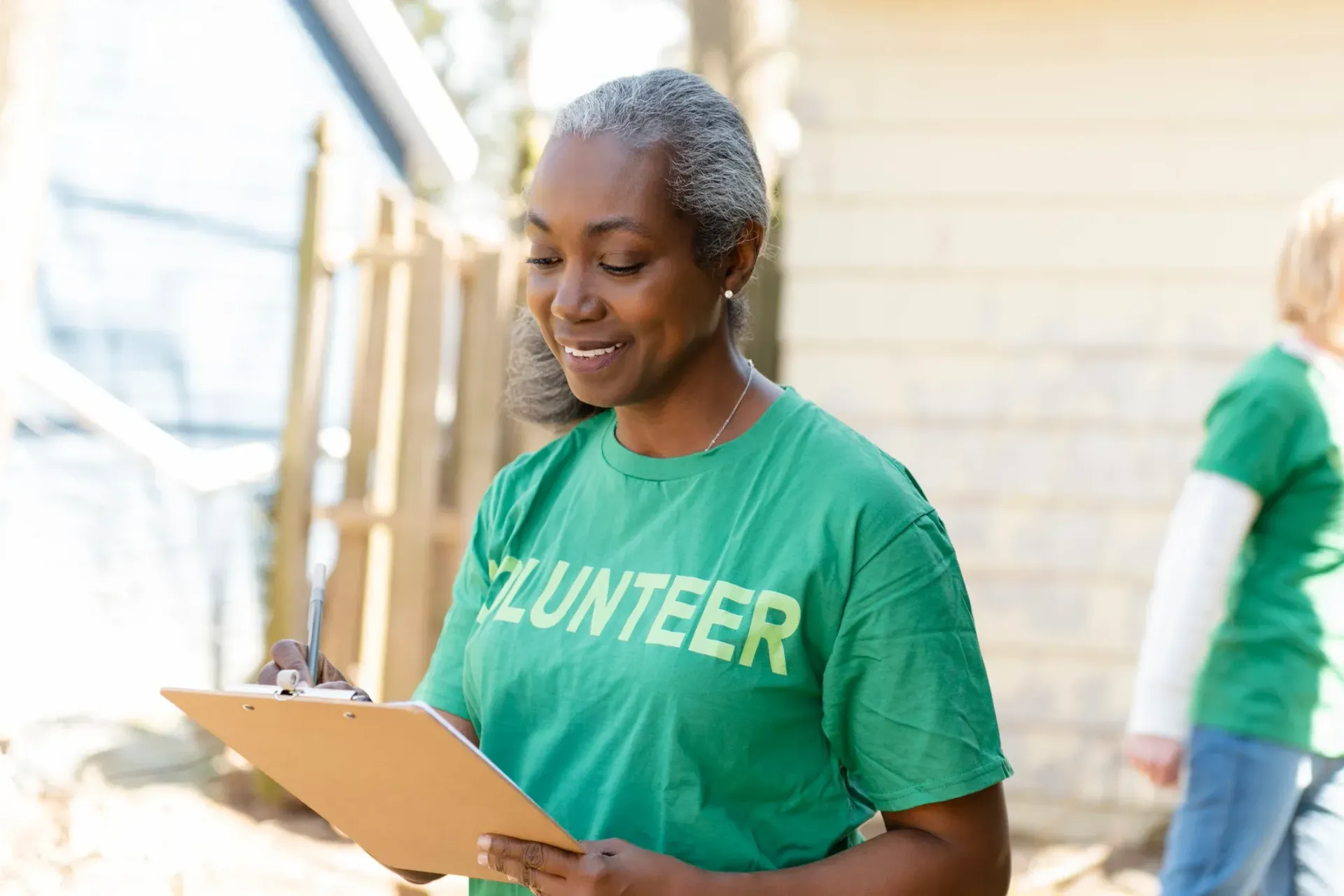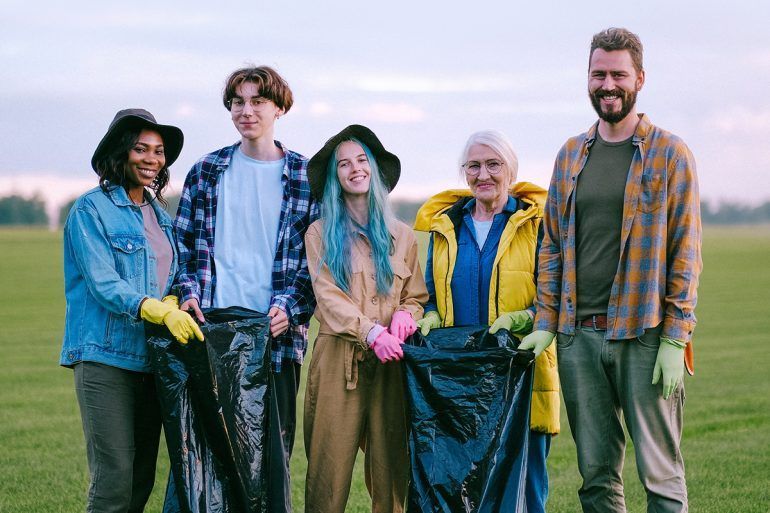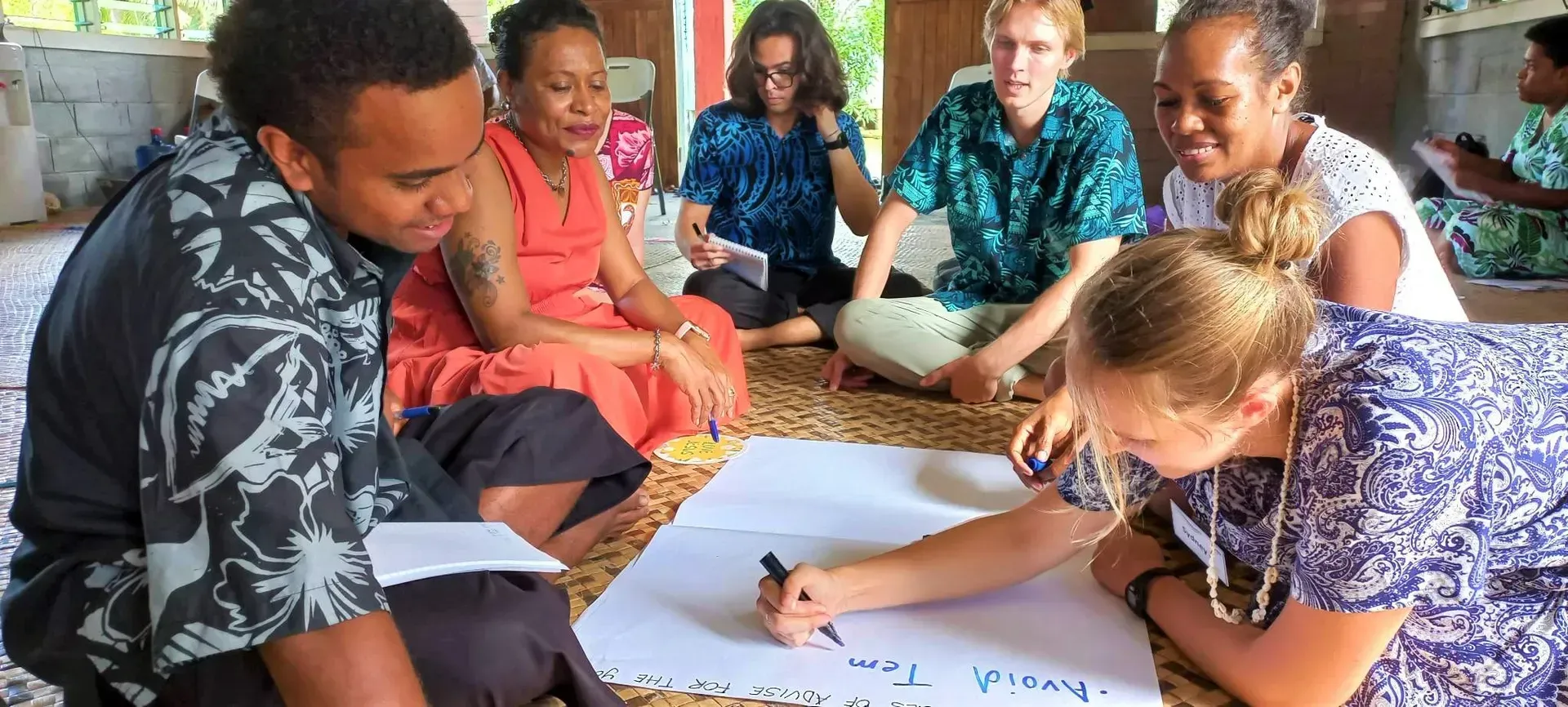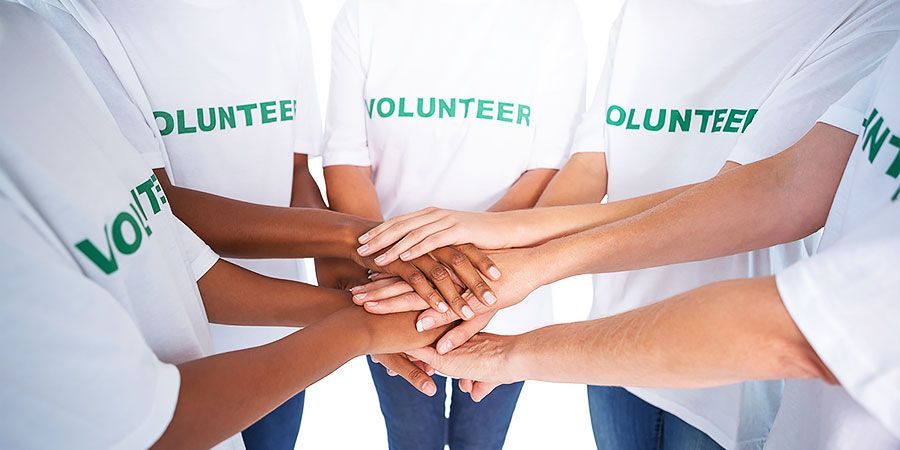What Should I Know Before Bringing My Kids to Volunteer With Me?
TLDR;
Before bringing your kids to volunteer with you, confirm that the opportunity is age-appropriate, safe, and legally compliant. Prepare them mentally by explaining the mission, setting expectations, and choosing roles that match their maturity level.
Family Volunteer Preparation: Why It Matters
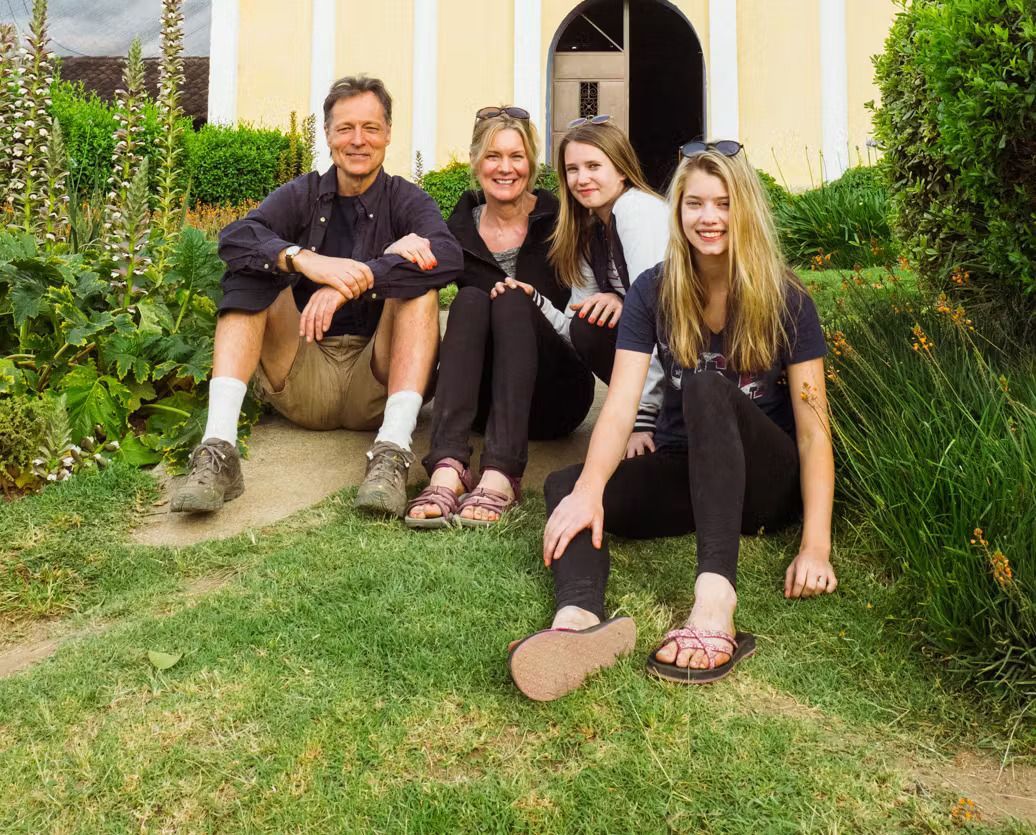
Volunteering with your child isn't just about lending a hand—it's an opportunity to nurture empathy, responsibility, and meaningful connection.
At CleanUP USA, we’ve seen how parent-child volunteering becomes a powerful bonding tool when done thoughtfully. But it’s not as simple as signing up and showing up. You need to consider legal, emotional, developmental, and practical aspects before diving in.
This guide breaks it all down so your experience is rewarding—not risky.
Legal Requirements for Underage Volunteers
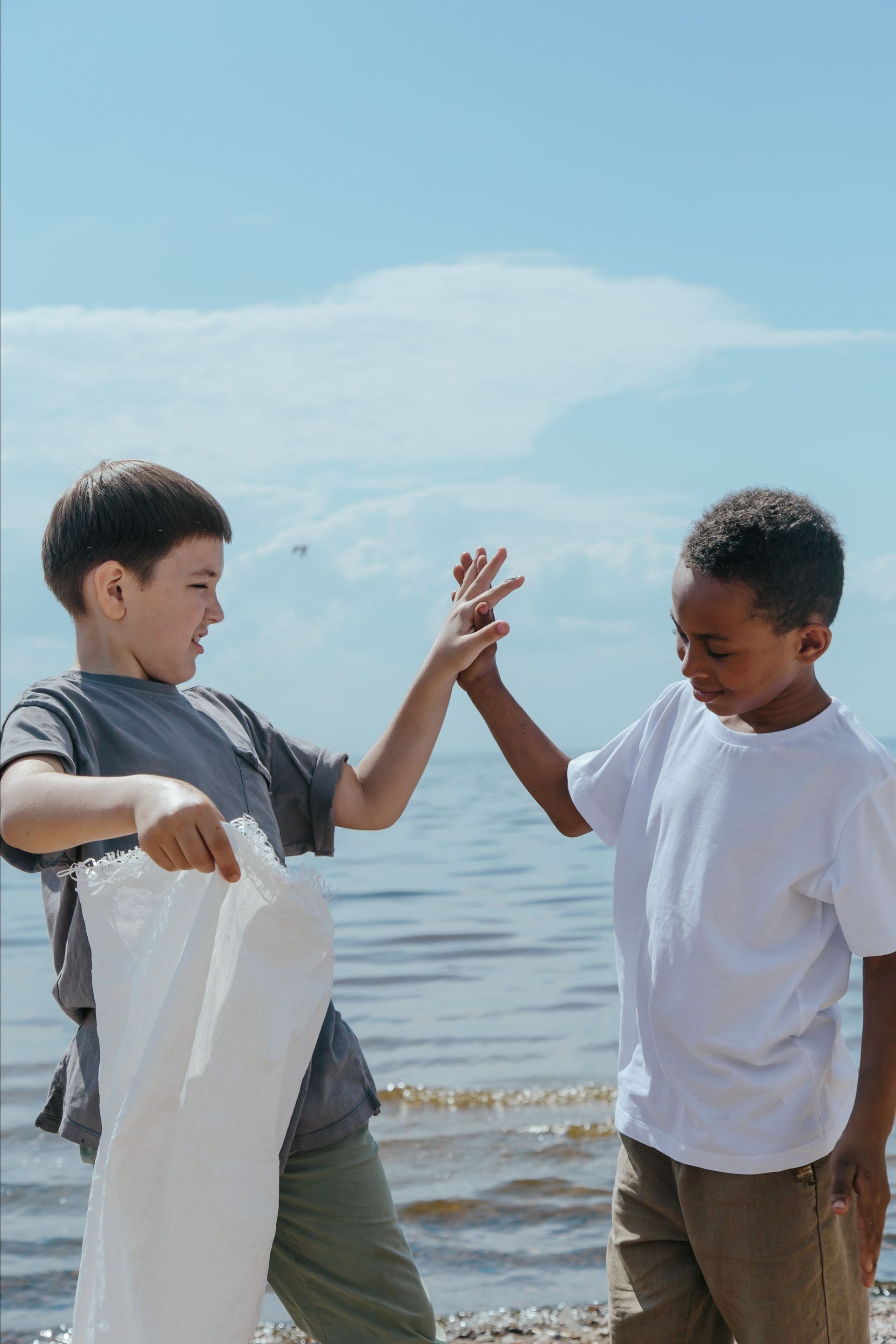
Before anything else, understand the legal framework. Different organizations—and different states like Texas—have their own rules when it comes to minors volunteering. If you're wondering how old do you need to be to volunteer? the answer depends on several legal and logistical factors that vary by region and role.
Key Legal Considerations:
- Minimum Age Requirements:
Many organizations set 12, 14, or 16 as age minimums, depending on the task or liability concerns. - Parental Consent Forms:
You'll often need to sign liability waivers or provide proof of guardianship. - Child Labor Laws (Even for Volunteering):
Federal and state regulations restrict certain tasks for safety—like heavy lifting or handling sharp objects. - Supervision Ratios:
Some nonprofits require a fixed adult-to-child supervision ratio, especially in public spaces. - Texas-Specific Notes:
In Texas, minors under 14 generally must be accompanied by an adult unless volunteering in a school-sponsored program. Background checks for parents might be required depending on the population being served.
Child Volunteer Safety Tips
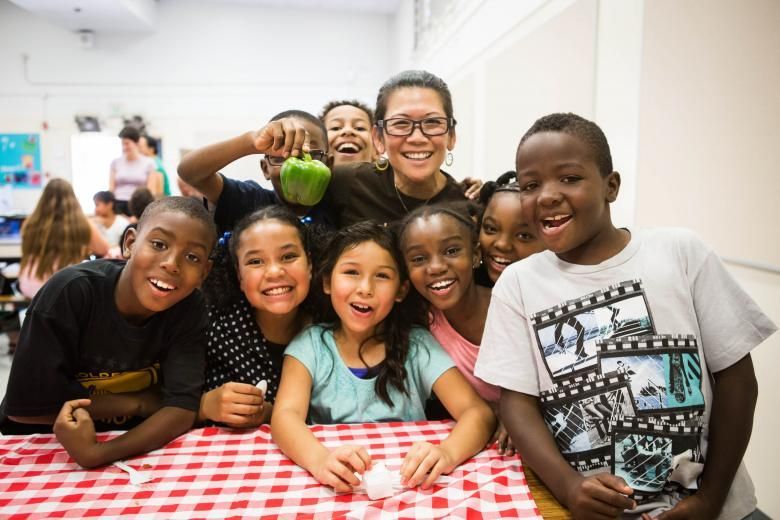
Your child’s safety must come before the mission. Volunteering can take place in unpredictable environments—parks, food kitchens, disaster relief zones—so preparation is key.
Safety Must-Haves:
- Emergency Contact Info:
Always have a printed card with their medical and emergency information. - First-Aid Readiness:
Make sure the organization has a first-aid kit and protocol. Bring essentials like hand sanitizer, band-aids, and snacks. - Stranger Awareness:
Coach your child on who to talk to and what to do if they feel uncomfortable. - Clear Boundaries:
Set rules: Stay within eyesight, ask before leaving the group, no wandering off. - Insurance & Liability:
Some organizations provide volunteer insurance. Ask about it in advance.
Ages to Start Volunteering: What’s Appropriate?

Not all kids are ready at the same age. Choose opportunities based on emotional maturity, not just chronological age.
General Guidelines by Age Group:
- Toddlers (3–5):
Best for home-based or hyper-local projects with parental direction (e.g., packing care kits). - Early Elementary (6–8):
Simple, supervised tasks like delivering meals or drawing cards for seniors. - Tweens (9–12):
Ideal for more active roles: sorting donations, gardening, helping with set-up/clean-up. - Teens (13–17):
Can handle more independence, such as mentoring younger kids or managing booths at events.
Match your child’s tasks to their
attention span,
emotional resilience, and
physical ability—not just their age.
How to Prepare Children for Volunteering Events
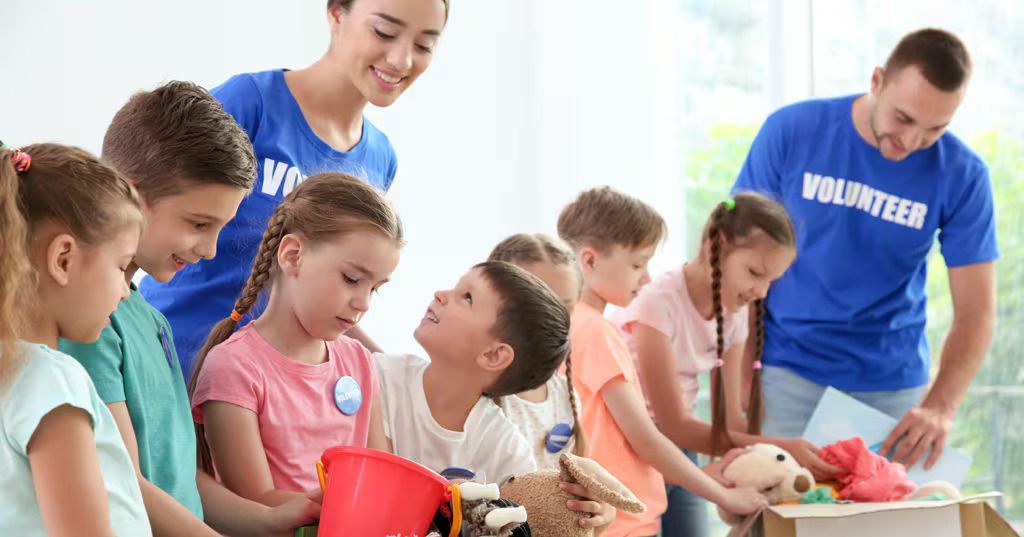
Don't just show up. Set your child up for success by preparing mentally and practically.
Mental Readiness:
- Explain the mission in simple, age-appropriate terms.
- Set expectations: “You may see people who are sad or need help.”
- Answer questions and ease anxieties with open conversations.
Practical Prep:
- Dress appropriately: weather- and task-ready.
- Arrive early to avoid confusion or anxiety.
- Model good behavior—kids will mirror your tone and attitude.
- Pack essentials: water, snacks, sanitizer, gloves, notebook.
Volunteer Coordination With Minors: A Planning Checklist

To keep things smooth and safe, plan ahead. Use this mental checklist each time you bring your kids to volunteer.
What to Confirm:
- Is the event family-friendly?
- Are age guidelines published or can you ask directly?
- Will your child be supervised at all times?
- Do they understand their role and the day’s flow?
- Is there an emergency plan in place?
What to Bring:
- Signed consent forms (if required)
- Emergency contacts and ID
- Sunscreen, water, backup clothes
- Task-specific items like gloves or notebooks
Parent-Child Bonding Through Service

Volunteering together creates real-life teachable moments. It’s empathy in action.
Simple Ways to Make it Meaningful:
- Talk before and after:
Discuss what you’re doing and why it matters. Ask how it made them feel. - Let them lead:
If your child shows initiative, let them choose a task or suggest a cause next time. - Use photo journaling:
Take a picture after each event and create a volunteer scrapbook. - Debrief in the car:
What was the best part? What felt hard? What would they do differently next time?
This reflection helps solidify the values volunteering aims to instill.
Volunteer Program for Youth: Building Long-Term Engagement

One-off volunteering is great—but consistency makes the biggest impact.
Tips for Ongoing Involvement:
- Create a schedule:
Monthly or quarterly events work well for kids' attention spans. - Track service hours:
Especially helpful for school credit or college applications. - Vary the causes:
Try different service types—animals, homelessness, environment—to keep it fresh. - Invite friends:
Peer involvement boosts commitment and enjoyment. - Celebrate milestones:
A pizza night or small reward after five events goes a long way.
Physical and Mental Health Volunteering Benefits for Kids

Research shows that volunteering helps kids thrive emotionally, socially, and physically.
Emotional Gains:
- Increased empathy
- Better emotional regulation
- Heightened sense of gratitude
Social Gains:
- Improved communication skills
- Stronger family bonds
- Increased confidence interacting with adults
Physical Gains:
- More time spent outdoors or doing active tasks
- Less screen time
- Better sleep and reduced anxiety (according to a 2023 APA study)
The act of helping others can literally improve well-being—not just for those receiving help, but for your kids too.
Family Community Service in Texas: Local Opportunities & Guidelines
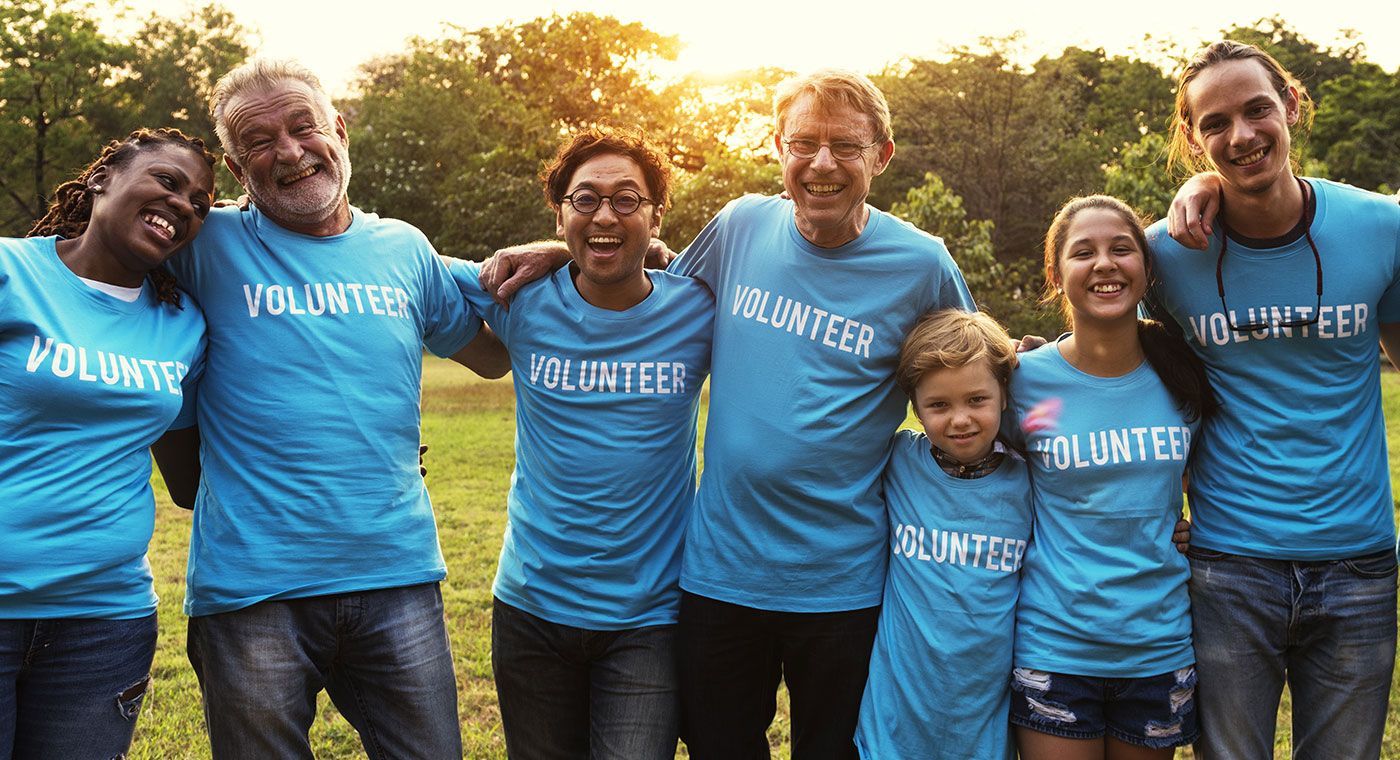
If you're in Texas, here are some family-friendly organizations and notes to consider.
Where to Look:
- CleanUP USA’s Community Days (mobile haircuts, hygiene services, classroom-on-wheels)
- Feeding Texas
- Keep Texas Beautiful (great for outdoor projects)
- Meals on Wheels Texas
- Ronald McDonald House Charities of Central Texas
Texas-Specific Notes:
- Always double-check local laws and school district rules on minor volunteers.
- Many programs require a guardian to be present until age 16.
- Some counties offer certification programs for youth service hours—useful for school projects.
Support CleanUP SCAN ME






